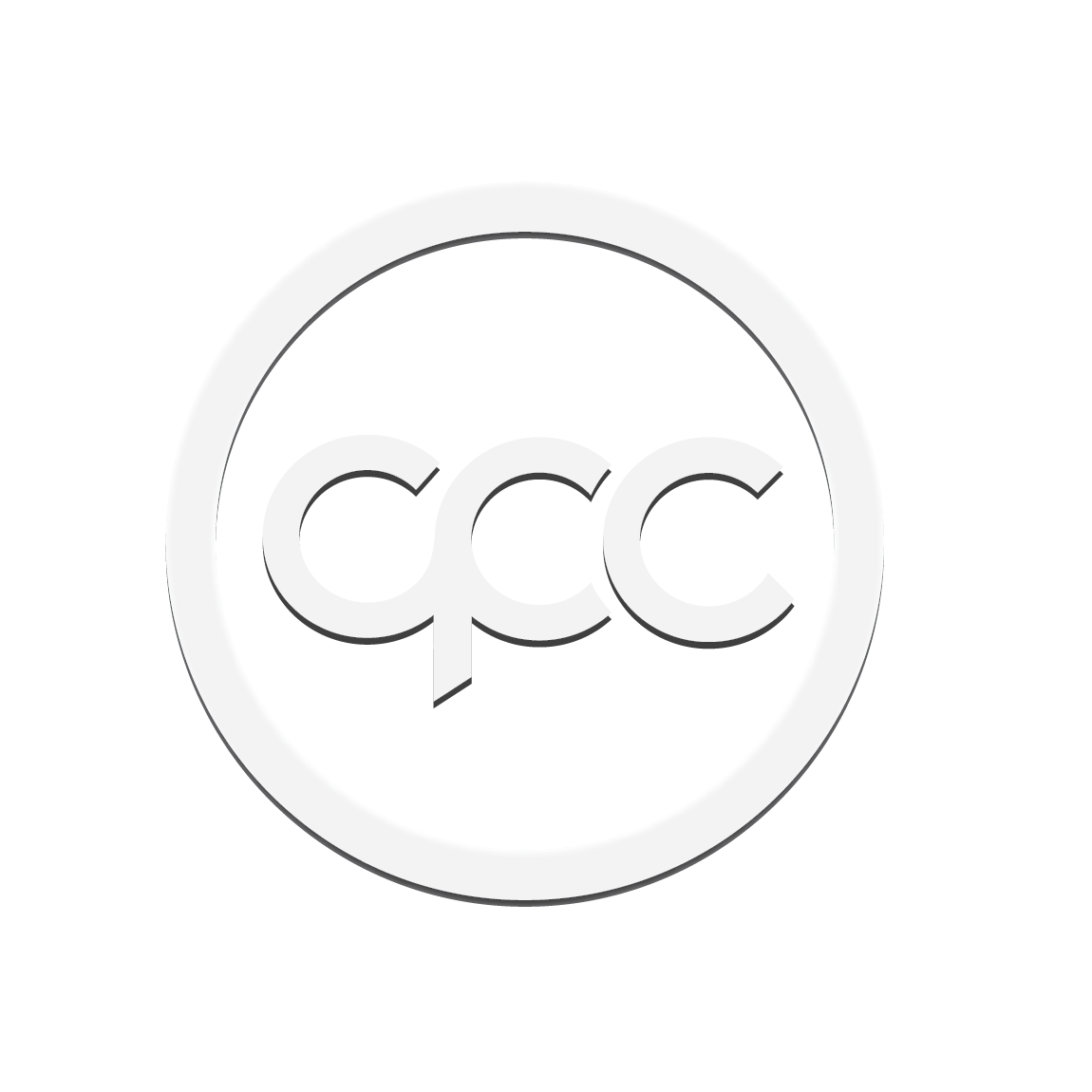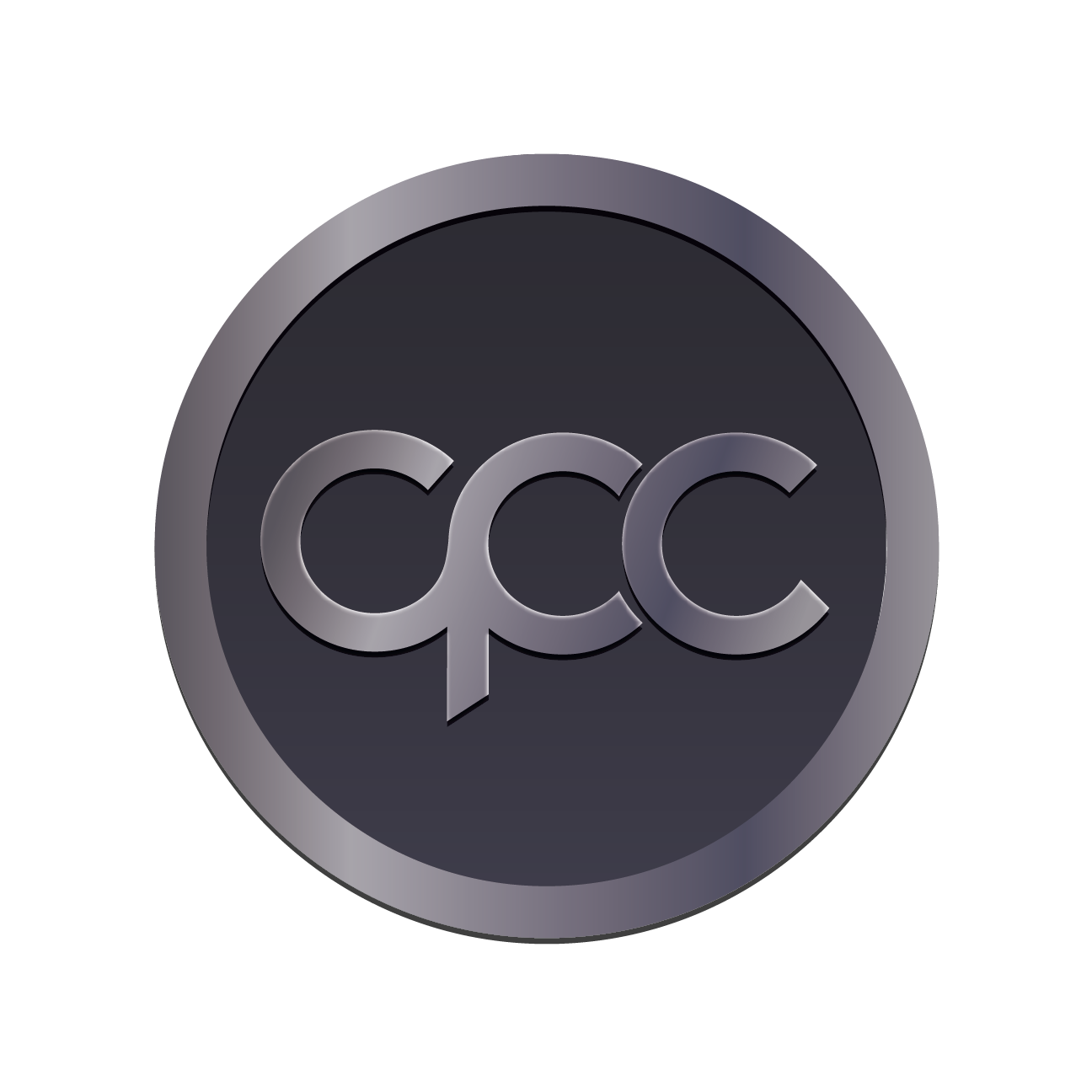Why Plastic Isn’t as Decomposable as Paper
The issue today with recycling plastic products such as water bottles, plastic bags, air bags, and bubble wrap is that we believe it’s easy to recycle and forget about them. Although there are recycling processes in place, not all plastic products end up in these plants. Some may even accumulate in the ocean.
According to a study published in the journal Science, up to 12.7 million metric tons of plastic end up in our oceans every year and can increase by ten-fold over the next 10 years if we don’t act now. Let’s take a look at what happens when plastic ends up in the environment.
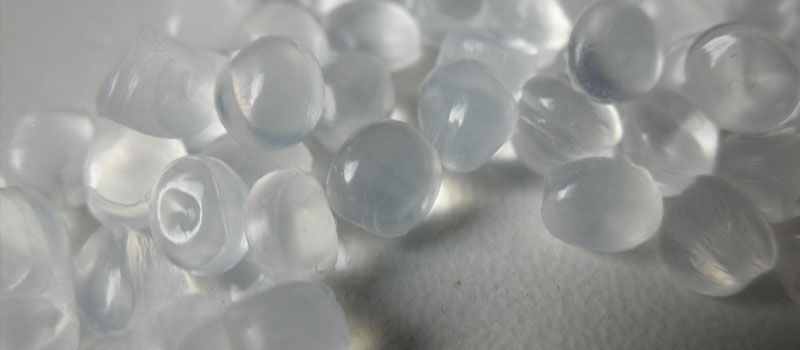
Pictured above are polyethylene granules. Polyethylene is the most commonly used plastic in the world. High-density polyethylene (HDPE) is used in products and packaging such as plastic bags, refillable bottles, and milk jugs. Low-density polyethylene (LDPE) is used to create products such as plastic wrap, packaging for computer hardware, and toys.
By having monomers of ethylene link together to form strong bonds to create polyethylene, you have material that is extremely durable. It takes an immense amount of energy to be created, so it doesn’t naturally occur. The downside to this is that it becomes even harder to break down organically. Therefore, polyethylene photodegrades and it may take centuries for the sun to be able to break down the plastic bags.
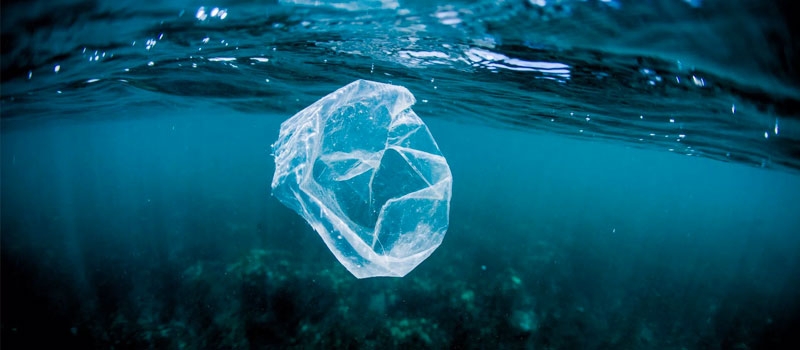
So when these plastic products end up in the ocean, it takes an extremely long time to decompose.
For example, when it comes to your local grocery’s plastic bag, it takes approximately 10 to 100 years for it to break down into microplastic pieces. Styrofoam is even worse because it never decomposes under normal circumstances.
In comparison, paper is made from wood fiber and water. Paper only takes 2-4 weeks to biodegrade, faster than orange peels, which take 6 months.
Think about the last 10 years of your life and all the memories you’ve experienced. Throughout the same time, the ocean currents in the Pacific Ocean have swept that plastic bag in circles without it fully decomposing.
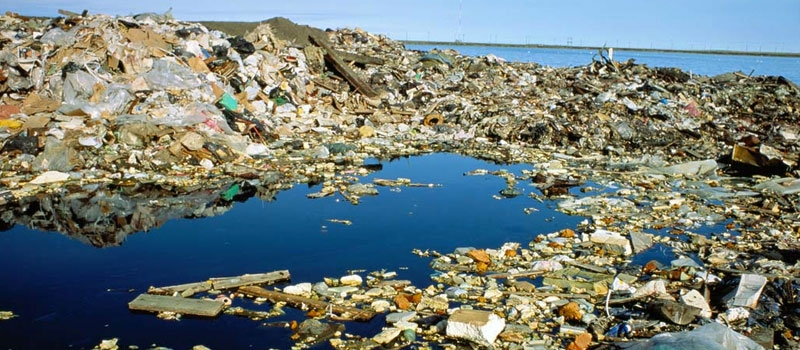
What’s even more problematic is that it’s not just one plastic bag. Instead, all of our little actions of throwing away plastic bags have accumulated consequences to form a mass known as the Great Pacific Garbage Patch, also known as the Plastic Vortex. Stay in tune for the next blog post to discover more about it.
We all need to reduce our impact on the environment, and here at Crown Paper Converting, we provide paper products that are all 100% recyclable and easily biodegradable.
Contact us today to learn more about how you can contribute with sustainable business practices.
